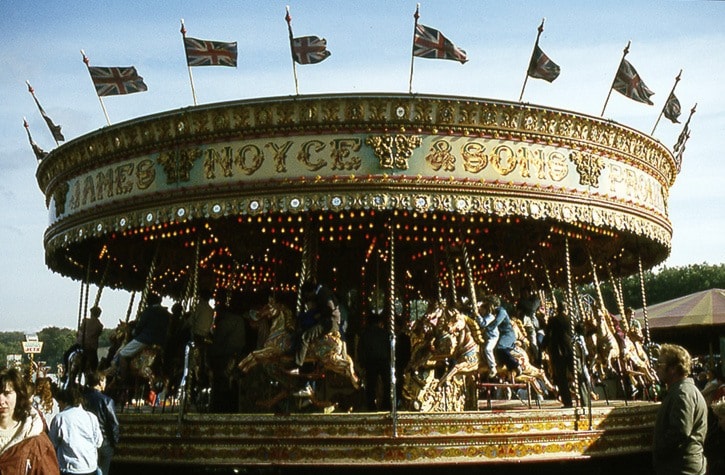The dream of a city-owned event centre on Nanaimo’s waterfront is over thanks to a referendum result that clearly showed residents have absolutely no interest in seeing $80 million in taxpayer money thrown into an ill-conceived venture.
Right from the very beginning it was painfully obvious that it was a rushed plan to get Nanaimo on the Western Hockey League map.
Instead of an event centre, the city would have been better off pitching $80 million of taxpayers’ money toward a year-round theme park that could be constructed either near the cruise ship terminal or on undeveloped land near Extension Road.
Yes, that’s right, a theme park. At first it sounds like an insane idea and some might suggest that Nanaimo doesn’t need a theme park because it has a circus at city hall. Yet there is a strong economic case to be made for such an idea, especially if the city wants to make itself a destination, attract investment and revitalize its downtown.
As many of us know, city councillors were trying to pitch residents on the idea that an event centre would attract a WHL franchise, concerts and other events despite the fact that there are event centres throughout the Lower Mainland and in Victoria.
The city issued a report claiming the event centre would have at least 114 planned event days, create 107 permanent jobs plus an additional 56 new jobs in our community. It also claimed an event centre would create $7.1 million in economic output.
When it comes to theme parks, there are none on Vancouver Island. Vancouver, of course, has its city-owned Pacific National Exhibition and there is the Washington State Fair in Puyallup. The largest theme park in the U.S. Pacific Northwest is Silverwood Theme Park in Athol, Idaho.
Silverwood is open daily from May to November and attracted more than 670,000 visitors in 2013, according to the Spokane Journal, which pointed out the park has more than 200,000 visitors from the Seattle region each year, employs 1,400 seasonal and 100 year-round workers and had economic impact of $79.5 million in 2011.
Even if a theme park only attracted 200,000 annually, that would still be a significant boost in tourism for a city of 100,000. The exact number of visitors who come to the Harbour City is hard to determine, but according to Tourism Nanaimo, 32,764 people stopped by their visitor centres in 2016.
Having an extra 200,000 to 600,000 people show up annually would be significant. It would result in job creation in a wide range of industries, like hospitality, food services and construction. There would be more bookings at hotels and campsites and more people spending money in the community, particularly downtown and possibly more cruise ships docking.
At the end of the day, asking taxpayers to borrow $80 million is risky regardless of what the venture is. But if the City of Nanaimo wants to attract people from communities across Vancouver Island, Canada and abroad, then a theme park seems like a much better venture to blow $80 million on than an event centre.
reporter2@nanaimobulletin.com
